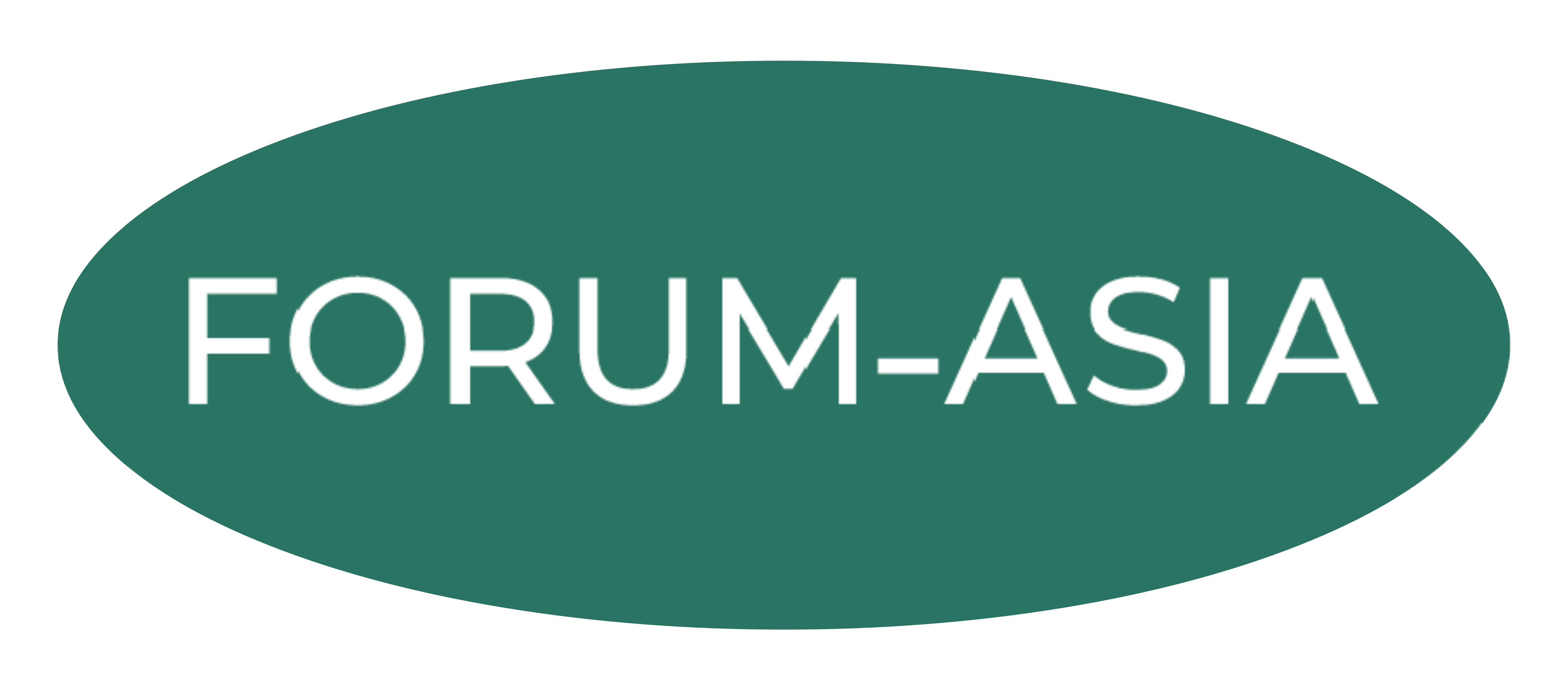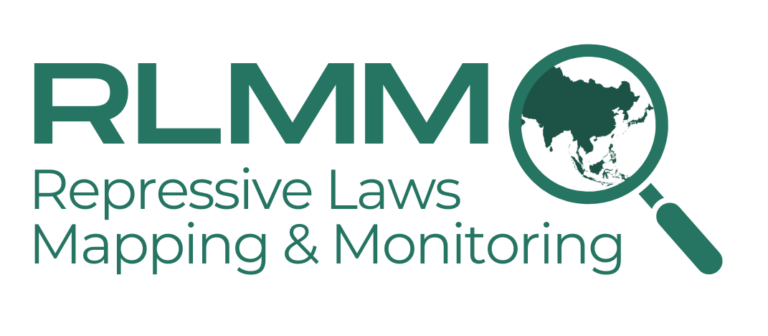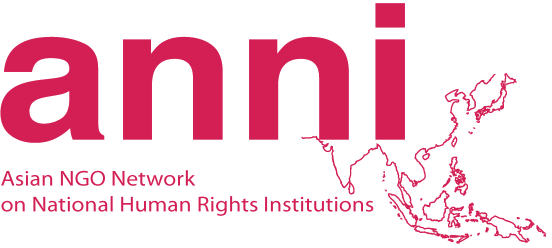
(Bangkok/Ulaanbaatar, 21 October 2020) – Mongolia’s increase of designated protected land that includes forest and water sources previously under threat is a welcome move to addressing environmental degradation, the Asian Forum for Human Rights and Development (FORUM-ASIA) and the Centre for Human Rights and Development (CHRD) said today.
‘The Government of Mongolia must now ensure that this kind of progressive legislation and policy is fully respected. Similar protection should be granted to all other environmentally critical areas in the country,’ the organisations said in a joint statement.
On 7 May 2020, the Mongolian Parliament through Resolution no. 46 recognised an additional 102,690 hectares of protected areas in 13 districts or soums.[1] The Onon Balj river, flowing from the world’s tenth longest river, the Amur, was declared a local special protected area. Additionally, the Gutain Humuul plains and forest a special state protected area.[2]
The Resolution took effect with administration authorities putting up signs and markings at the designated areas between 4 and 14 September 2020. These additional designated areas mean that 20.94 per cent of Mongolia’s national territory is now protected.
This is a significant development as among the newly protected areas, are forests and water sources located at the Binder and Batshireet soums, where former mining sites threatened the ecosystem, the right to livelihood of local communities and herders, and the legitimate work of human rights defenders.
The Batshireet and Binder soums in Khentii province, home to Onon River’s tributaries, were the first areas visited in a fact-finding mission (FFM) by FORUM-ASIA and CHRD in 2019, a follow-up from an earlier mission in 2012.[3]
The FFM particularly noted how mining operations in proximity to water sources are a major cause of concern for the local community: residents reported early signs of environmental degradation, including water pollution and reduced pastureland, while human rights defenders opposing mining operations have been harassed, intimidated, and vilified.[4]
These recent additions of protected areas are an assuring step towards effective implementation of its duties and obligations under national and international law.
At the domestic level, the operations would be in violation of Article 16.2 of the Mongolian Constitution[5] and the 2015 Law to Prohibit Mineral Exploration and Mining Operations at Headwaters of Rivers, Protected Zones of Water Reservoirs and Forested Areas (Long Name Law). Still, mining operations in Khentii province have continued since the 2000s.
As a state party to the International Covenant on Economic, Social and Cultural Rights, Mongolia also has the duty to protect the right to livelihood of its peoples under Article 11 of the Covenant.
EXPANSION OF PROTECTION – A POSITIVE AND ENCOURAGING MOVE
‘Civil society and local communities’ years of lobbying and advocacy have resulted in this encouraging legislation. The mining companies must fully comply with this resolution and proceed to closure and rehabilitation of former mining sites according to the Minerals Law.[6] At the same time, the Government should review the amendments made to the Long Name Law[7], to ensure that water sources and land are not contaminated, as well as to table the Law on the Legal Status of Human Rights Defenders (HRD Law) and ensure inclusion in the drafting of the National Action Plan on Business and Human Rights,’ said Mandkhaitsetsen Urantulkhuur, Executive Director of CHRD.
Civil society networks, human rights defenders, scholars, the National Human Rights Commission of Mongolia, and other key government actors such as the Minister of Foreign Affairs have been calling for the enactment of the HRD Law for years.[8]
In FORUM-ASIA and CHRD’s first FFM in 2012, the establishment of an enabling legal environment for human rights defenders was a key recommendation.[9] This call was echoed in the 2019 FFM recommendations to the Government of Mongolia.
While Mongolia’s National Action Plan on Business and Human Rights is expected to be enacted in mid-2021, a National Baseline Assessment has already been developed.[10]
FORUM-ASIA and CHRD urge the Government to engage all stakeholders, including civil society and community representatives, throughout the process.
FORUM-ASIA and CHRD appreciate the Mongolian Government’s efforts to protect and preserve the environment. As these efforts are in line with national laws and international obligations under treaties and conventions it is a signatory to, the Mongolian Government must continue upholding local communities’ right to live in a safe and healthy environment and protecting those who tirelessly work to defend it.
The Asian Forum for Human Rights and Development (FORUM-ASIA) is a Bangkok-based regional network of 81 member organisations across 21 Asian countries, with consultative status with the United Nations Economic and Social Council, and consultative relationship with the ASEAN Intergovernmental Commission on Human Rights. Founded in 1991, FORUM-ASIA works to strengthen movements for human rights and sustainable development through research, advocacy, capacity-development and solidarity actions in Asia and beyond. It has sub-regional offices in Geneva, Jakarta, and Kathmandu. www.forum-asia.org
The Centre for Human Rights and Development (CHRD) works on projects aimed at achieving goals such as: improving national human rights mechanisms and structures; increasing foreign aid effectiveness; improving civil society’s contribution to Mongolia’s development and ability to use international human rights mechanisms and instruments. www.chrdmongolia.wordpress.com
For further information, please contact:
- Development and Knowledge Management Programme, FORUM-ASIA, [email protected]
For media inquiries, please contact:
- Melissa Ananthraj, Communication and Media Programme, FORUM-ASIA, [email protected]
[1] https://montsame.mn/en/read/198434
[2] A local special protected area has validity for five years, designated by local district or province. It is funded and managed by district and province governors. A state special protected area is designated by the local district, managed and funded by Ministry of Environment and Tourism for an unlimited period of time. Both are formal protected areas.
[3] http://l.forum-asia.org/FFM_ReportMongolia19
[4] See https://forum-asia.org/uploads/wp/2019/10/2019-Mongolia-FFM-Report-Final-02122020-Compressed.pdf, p.47
[5] The citizens of Mongolia are enjoying the following rights and freedoms: 2) The right to a healthy and safe environment and to be protected against environmental pollution and ecological imbalance. (Article 16.2)
[6] The Minerals Law governs the mining sector in Mongolia. The law covers the entire range of mining activities, including separating and extracting minerals from land surface, subsoil, stockpile, waste or tailings, and increasing the concentration of its usable contents.
[7] The Long Name Law has been considerably amended twice in 2013 and 2015. As a result, safety zones went from being set between 200-1000 meters to 50-200 meters from the water sources and forest areas. The amendment dramatically increases the chances for water sources and land to be polluted and contaminated, triggering the protests of local communities and civil society groups.
[8] http://l.forum-asia.org/LetterPM_Mongolia
[9] https://forum-asia.org/uploads/books/2013/March/FFM-Mongolia.pdf
[10] https://www.mn.undp.org/content/mongolia/en/home/presscenter/pressreleases/2020/undp-mongolia-organizes-training-for-mongolias-key-stakeholders-.html
***
For a pdf version of this statement please click here.




